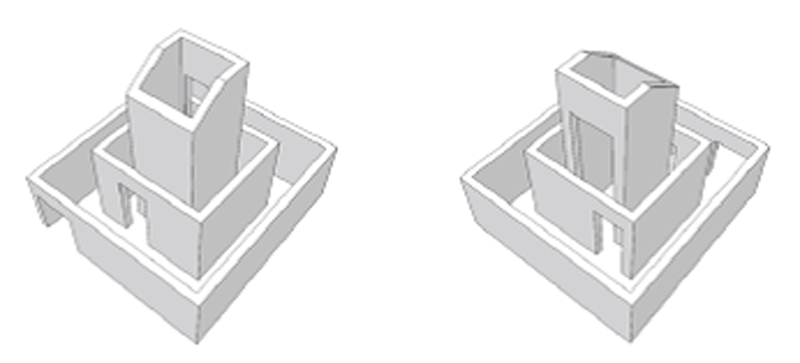Changing Scale
Explore and experiment with scale
2014 Biennial artist Morgan Fisher constructed his sculpture Ro(Ro(Room)om)om based on three rooms that will be in the Whitney’s new building in Manhattan’s Meatpacking District. The outer room is the building’s lobby gallery at quarter scale; the middle room is the copier room at half scale; and the inner room is a closet at full scale. Changing the locations of the room and using different scales is what gave Fisher the freedom to create his work. It allowed him to create relations among the rooms that were different from how they are in the world and to fit the work into a smaller space than the two bigger rooms take up in actuality. Fisher suggested this activity for students to explore and experiment with scale:
Scale is the relation between the actual size of something and its size when we represent it, whether in a drawing or a three-dimensional version of it, like a toy horse, doll, or model train. Of course we can also represent things as being bigger than they are, like a model of an atom or molecule. When we make a drawing of how the world looks, we usually make everything in it to the same scale, where big things are big and small things are small. But just as large things can be smaller than their actual size in relation to other things, small things can be bigger than their actual size. Ask each student to make a drawing with a subject of their choice that includes things at different scales. The students might have the most fun if they exaggerate the different scales and think about why they are exaggerating them as well as the effects that the exaggeration produces. Have students share their drawings with the class. What did they discover?

